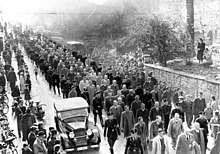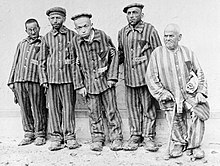
Buchenwald was a Nazi concentration camp established on Ettersberg hill near Weimar, Germany, in July 1937. It was one of the first and the largest of the concentration camps within Germany's 1937 borders. Many actual or suspected communists were among the first internees.

Aufseherin was the position title for a female guard in Nazi concentration camps. Of the 50,000 guards who served in the concentration camps, approximately 5,000 were women. In 1942, the first female guards arrived at Auschwitz and Majdanek from Ravensbrück. The year after, the Nazis began conscripting women because of a shortage of male guards. In the context of these camps, the German position title of Aufseherin translates to (female) "overseer" or "attendant". Later female guards were dispersed to Bolzano (1944–1945), Kaiserwald-Riga (1943–44), Mauthausen, Stutthof (1942–1945), Vaivara (1943–1944), Vught (1943–1944), and at Nazi concentration camps, subcamps, work camps, detention camps and other posts.


During the Dachau liberation reprisals, German SS troops were killed by U.S. soldiers and concentration camp prisoners at the Dachau concentration camp on April 29, 1945, during World War II. It is unclear how many SS men were killed in the incident, but most estimates place the number killed at around 35–50. In the days before the camp's liberation, SS guards at the camp had forced 7,000 inmates on a death march that resulted in the death of many from exposure and shooting. When Allied soldiers liberated Dachau, they were variously shocked, horrified, disturbed, and angered at finding the massed corpses of prisoners, and by the combativeness of some of the remaining guards who allegedly fired on them.
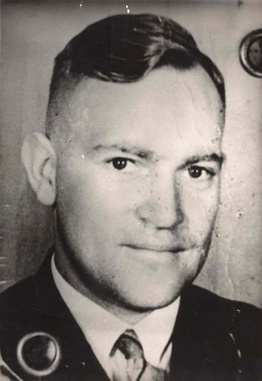
Horst Schumann was an SS-Sturmbannführer (major) and medical doctor who conducted sterilization and castration experiments at Auschwitz and was particularly interested in the mass sterilization of Jews by means of X-rays.
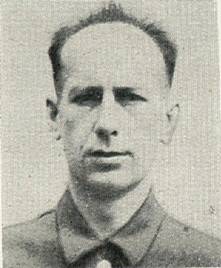
Ludwig Plagge was an SS-Oberscharführer and member of staff at Auschwitz, Buchenwald, Sachsenhausen, and Majdanek concentration camps. He was prosecuted at the Auschwitz Trial, and executed for war crimes.

Wolfgang Benz is a German historian from Ellwangen. He was the director of the Center for Research on Antisemitism of the Technische Universität Berlin between 1990 and 2011.

Josef Michel Dischel, known by his adopted stage name Peter Sturm, was an Austrian and an East German actor.

The Dora Trial, also the "Dora"-Nordhausen or Dachau Dora Proceeding was a war crimes trial conducted by the United States Army in the aftermath of the collapse of the Third Reich. It took place between August 7 and December 30, 1947, on the site of the former Dachau concentration camp, Germany.

Franz Stärfl, alias Xaver Stärfel, alias Franz Stofel, was a Nazi German SS-Hauptscharführer and camp commander of the Kleinbodungen subcamp of Mittelbau-Dora during World War II. Arrested by the Allies and convicted of war crimes in the Belsen Trial, Stärfl was executed by hanging at Hamelin prison in 1945.
As part of the "Arbeitsscheu Reich"(work-shy Reich) in April and in June 1938 in two waves of arrests more than 10,000 men as so-called "black triangle anti-social elements" to concentration camps. During the so-called June-action were also arrested about 2,500 Jews who had received previous convictions for varied reasons.

Subcamps, officially Arbeitslager der Waffen-SS, were outlying detention centres (Haftstätten) that came under the command of a main concentration camps run by the SS in Nazi Germany and German-occupied Europe. The Nazis distinguished between the main camps and the subcamps subordinated to them. Survival conditions in the subcamps were, in many cases, poorer for the prisoners than those in the main camps.

The Buchenwald trial or United States of America vs. Josias Prince of Waldeck et al. was a war crime trial conducted by the United States Army as a court-martial in Dachau, then part of the American occupation zone. It took place from April 11 to August 14, 1947 in the internment camp of Dachau, where the former Dachau concentration camp had been located until late April 1945. In this trial, 31 people were indicted for war crimes related to the Buchenwald concentration camp and its satellite camps, all of whom were convicted. The Buchenwald trial was part of the Dachau trials, which were held between 1945 and 1948.
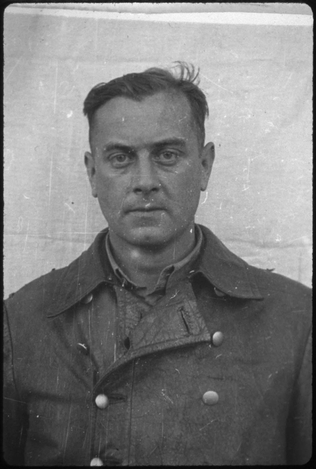
Hans Kurt Eisele was a German SS-Hauptsturmführer and concentration camp doctor.
Albert Sauer was a German commandant of Mauthausen-Gusen concentration camp.
Ludwig Eiber is a German historian and author. He is widely acknowledged as an expert on the post-World War II Allied war crimes trials of the Nazis. In particular, he has expertise in the Dachau trials.

Der Ort des Terrors. Geschichte der nationalsozialistischen Konzentrationslager is a nine-volume German encyclopedia series of Nazi Germany's camp system, published between 2005 and 2009 by Wolfgang Benz and Barbara Distel for C. H. Beck. It was edited by Angelika Königseder of the Zentrum für Antisemitismusforschung. The first volume deals with central issues concerning the Nazi camp system, volumes 2 to 7 contain articles on the main concentration camps and their subcamps in chronological order. Volume 8 deals with concentration and extermination camps in German-occupied Eastern Europe. Volume 9 also lists other types of camps in the Nazi forced labor camp system.

The Dachau camp trial was the first mass trial of the Dachau trials, a series of trials against war criminals held by the United States Army on the premises of the Dachau concentration camp. The main trial took place from 15 November to 13 December 1945. Forty people were charged with war crimes in connection with the Dachau concentration camp and its subcamps. The trial ended with 40 convictions, including 36 death sentences, of which 28 were carried out. The official name of the case was United States of America vs. Martin Gottfried Weiss et al. - Case 000-50-2. The main trial served as a "parent case" for 123 subsequent cases. In the subsequent trials, all crimes that were established in the main trial were taken as proven, significantly shortening their duration relative to the parent case. The Dachau trials consisted of 6 total parent trials, each with their own subcases, and were held between 1945 and 1948. In total, there were 489 Dachau trials, of which 394 were held within the confines of the camp itself.

Dachau is a 72-page investigation report by the 7th US Army on Dachau, one of the concentration camps established by Nazi Germany. The report details the mass murder and mass atrocities committed at Dachau by the SS and other personnel. Following the liberation of the camp by the 7th US Army on 29 April 1945, the report was prepared during the following one or two weeks and published in May. In addition to a preface, the report contains three independent reports which partly overlap thematically. Although it contains some errors, the report is considered one of the first studies on the Nazi concentration camps.

